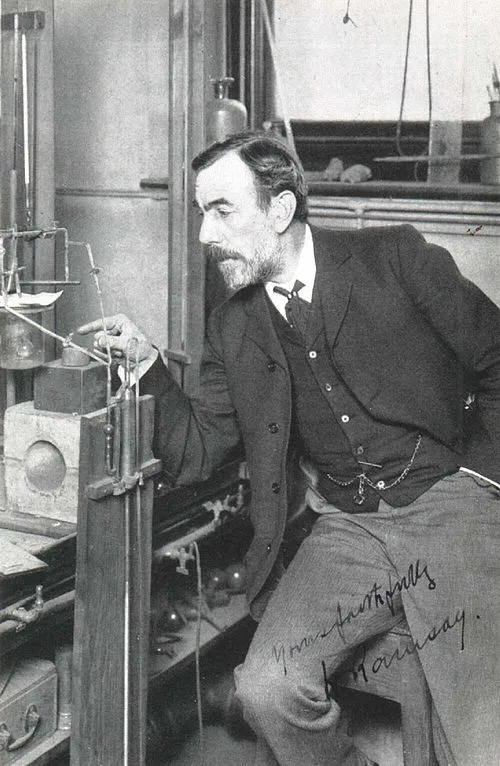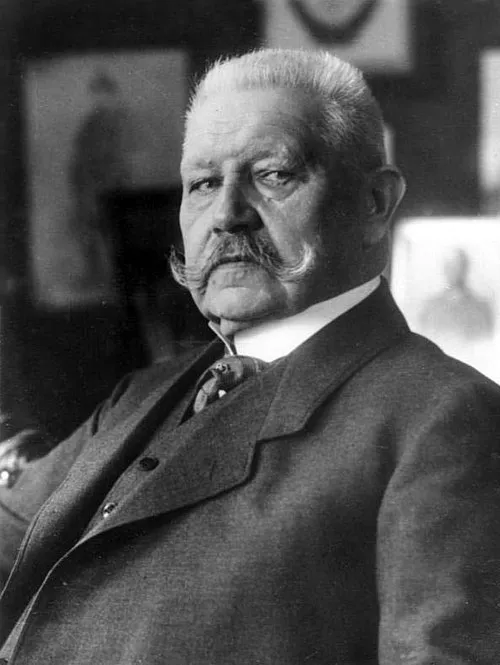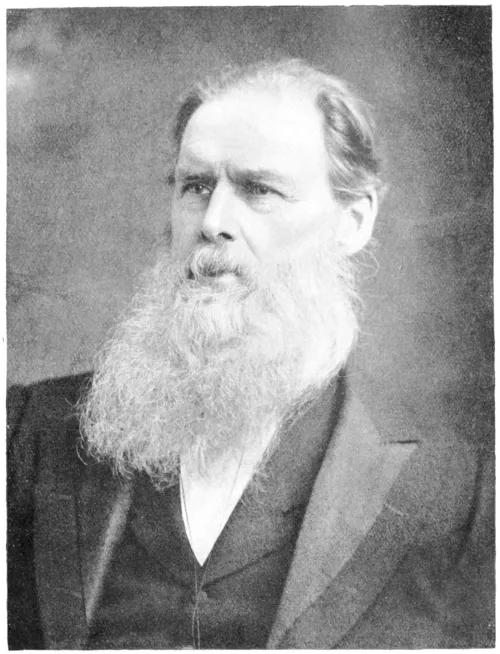
Full Name: William Ramsay
Birth Year: 1852
Nationality: Scottish
Profession: Chemist and Academic
Nobel Prize: Laureate
Death Year: 1916
William Ramsay: The Unveiling of Noble Gases
In 1852, in the quaint Scottish town of Glasgow, a future revolutionary was born into the world of science. Young William Ramsay was far from an ordinary child; his keen curiosity about the natural world set him apart. However, it wasn’t merely his environment that shaped him his family encouraged intellectual pursuit, fostering a love for knowledge that would guide his path.
Fast forward to the late 19th century. After completing his studies at the University of Glasgow and later at Cambridge University, Ramsay plunged into academia. His initial focus on organic chemistry laid a strong foundation but it was an unexpected turn that would define his career trajectory. Ironically, while most chemists were engrossed in studying well-known compounds and elements, Ramsay’s eyes turned toward the mysterious gases that lingered in the atmosphere the noble gases.
The year was 1894 when Ramsay made one of those fateful discoveries that would change our understanding of chemistry forever. During experiments aimed at isolating argon from nitrogen using a spectroscope a tool designed to analyze light he stumbled upon something extraordinary: argon was not alone! His meticulous analysis revealed other noble gases including neon and xenon hiding in plain sight within the Earth’s atmosphere.
Despite this groundbreaking discovery creating waves in scientific communities around Europe, skepticism often lingered among peers who struggled to comprehend these elusive substances' significance. However, who knows if any doubters could have imagined how integral these gases would become for lighting technologies and modern electronics? Ramsay's persistence paid off; he isolated helium shortly after discovering argon a gas first identified in solar spectra but never before found on Earth!
The story doesn't end there... In collaboration with other scientists such as Lord Rayleigh, he embarked on exploring what lay beyond familiar elements known up until then. This partnership culminated in them earning prestigious recognition: Ramsay received the Nobel Prize in Chemistry in 1904 an honor reflecting both individual brilliance and collaborative efforts that reshaped our understanding of atomic structure.
Early Life and Education
Ramsay was raised in a family that valued education, which influenced his pursuit of knowledge from a young age. He attended the University of Glasgow, where he studied under the influential chemist Thomas Anderson. Upon completing his undergraduate studies, Ramsay continued his education at the University of Heidelberg in Germany, where he delved deeper into chemistry and developed a keen interest in gas analysis.
Major Discoveries
Ramsay's most notable contributions to chemistry came in the late 19th century when he began his research on gases. In 1894, while working in collaboration with Lord Rayleigh, Ramsay isolated argon from a sample of atmospheric nitrogen. This marked the first discovery of a noble gas, which was a groundbreaking finding in the field of chemistry.
Following the discovery of argon, Ramsay sought to identify other noble gases. His diligent work led him to discover helium, krypton, and xenon in subsequent years. His ability to isolate these gases not only contributed to the growing list of elements but also transformed the way scientists approached gas chemistry.
Nobel Prize and Later Life
In recognition of his groundbreaking work, Ramsay was awarded the Nobel Prize in Chemistry in 1904. He shared this honor with the distinguished chemist Sir William Crookes, who was recognized for his contributions to the study of cathode rays and radiation. Ramsay's acceptance of the award highlighted the importance of his research, which had vast implications for both theoretical and applied chemistry.
After achieving significant recognition, Ramsay continued to lecture and conduct research. He served as a professor of chemistry at University College London and later became a member of the Royal Society. Throughout his career, he published numerous papers and contributed to the advancement of physical chemistry.
A Legacy Etched In Light
As time went on following this monumental achievement one might think all accolades could satiate one's thirst for discovery but not for Ramsay! It became evident during interviews with peers post-Nobel recognition: he wasn’t merely content basking under laurels while sipping tea on sunlit patios; instead… he fervently pursued further investigations into new compounds formed from noble gases.
This relentless ambition perhaps stemmed from early struggles faced by many pioneering scientists trying to make their mark against established conventions prevalent at universities back then scientists often underestimated or overshadowed by others more prominent among their contemporaries were common themes seen throughout history! Thus they pushed boundaries where others hesitated… revealing nature’s secrets hidden behind veils thick like fog.
An Unraveling Puzzle
With every new discovery came challenges; every gas revealed intricate mysteries waiting patiently beneath layers wrapped tightly around them like nested dolls all encompassing beauty yet complexity woven together seamlessly through chemical bonds forged over eons past... As time passed following each revelation unveiled alongside theories interspersed between triumphs riddled with setbacks... Perhaps what proved most intriguing lies not solely within tangible discoveries but also glimpses offered into humanity itself!
An Ironic Twist
A poignant irony remains tied closely alongside achievements won amidst accolades bestowed upon him a reality starkly visible even today! Even though we now live surrounded by technology made possible thanks largely due efforts pioneered long ago the very concepts breathed life through research undertaken tirelessly carried out sometimes unknowingly unraveling deeper truths about existence itself still carry weight beyond mere figures represented within laboratory walls...
For instance consider how foundational principles shared continue influencing advancements flourishing within medical fields transforming lives globally via diagnostic imaging equipment relying heavily on noble gases! Radiology practitioners navigate intricate webs spun tightly around everyday procedures used daily impacting lives profoundly yet subtly unbeknownst oftentimes outside clinical environments where great leaps transpired quietly changing course dramatically over lifetimes lived without acknowledgment afforded till retrospect settles comfortably across decades gone past…




